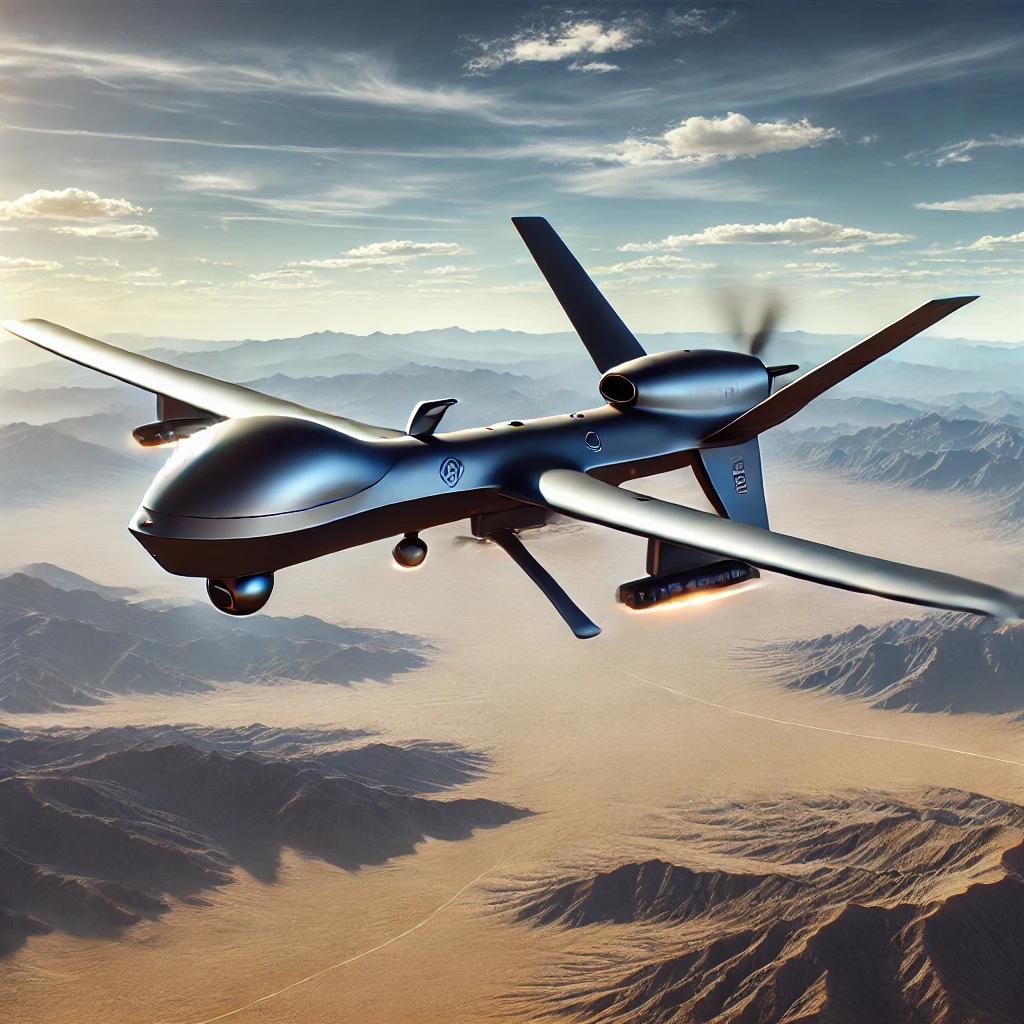The relationship between technology and defense is growing stronger with each passing day. Artificial Intelligence (AI) is at the forefront of this collaboration, reshaping how the military approaches strategy, security, and innovation. Recently, leading U.S. tech companies, including Meta and Google, have engaged in partnerships to deploy their AI solutions for defense applications. This blog explores how these collaborations are shaping the future of defense.
Why AI is Critical to U.S. Defense
AI brings advanced problem-solving capabilities to the military. It enables faster data processing, predictive analytics, and autonomous systems that reduce human error. With adversaries also advancing technologically, AI has become essential for maintaining an edge.
According to a recent report, the U.S. Department of Defense (DoD) has invested billions in AI-driven projects. These projects range from predictive maintenance for vehicles to advanced surveillance systems. The goal is to enhance decision-making and operational efficiency. Source: Defense News.
Key Partnerships Between Tech Giants and the Military
Meta and the U.S. Government
Meta’s AI model, Llama, is now being used for defense-related applications. This model is recognized for its ability to analyze complex datasets and support cybersecurity operations. The DoD has leveraged Llama to monitor digital threats, assess risks, and automate repetitive tasks.
This partnership has raised concerns about ethical AI use in warfare. Still, experts argue that it’s critical to ensure the U.S. remains ahead in AI development. Source: Yahoo News.

Google’s AI Defense Programs
Google has significantly expanded its AI work with the Pentagon through projects like Project Maven. This initiative uses AI to analyze drone footage, identify threats, and reduce human workloads. The project aims to improve the accuracy of military operations and minimize collateral damage.
Google’s work, however, has faced backlash from employees concerned about the potential weaponization of AI. Despite this, the company continues to work on projects aligned with U.S. defense goals. Source: The Verge.
Applications of AI in Defense
- Autonomous Drones: AI-powered drones are being used for reconnaissance missions and tactical support. These drones reduce the need for human pilots in high-risk environments.
- Threat Detection: Advanced algorithms can analyze satellite imagery and detect unusual activity in real-time, improving response times.
- Cybersecurity: AI models like Llama help identify vulnerabilities in defense networks and mitigate cyber threats before they escalate.
- Training Simulations: AI-driven virtual environments allow soldiers to train under realistic and adaptive scenarios without physical risks.
The Ethical Debate
The integration of AI into defense raises ethical questions. How can the U.S. ensure AI is used responsibly? What safeguards are needed to prevent misuse? The tech industry must address these issues to maintain public trust and global leadership in ethical AI.
Organizations like the Partnership on AI are working to establish ethical guidelines for AI deployment in defense. These frameworks aim to balance innovation with accountability. Source: Partnership on AI.
Conclusion: A New Era of Defense Innovation
The collaboration between U.S. tech companies and the military marks a turning point in national defense. AI is no longer a futuristic concept—it’s a critical tool in modern warfare. While challenges like ethical use and employee resistance remain, the potential benefits of AI in defense are undeniable.
As technology continues to evolve, these partnerships will play a crucial role in shaping the future of global security. To stay competitive, the U.S. must continue investing in AI innovation and ensuring its responsible use.


